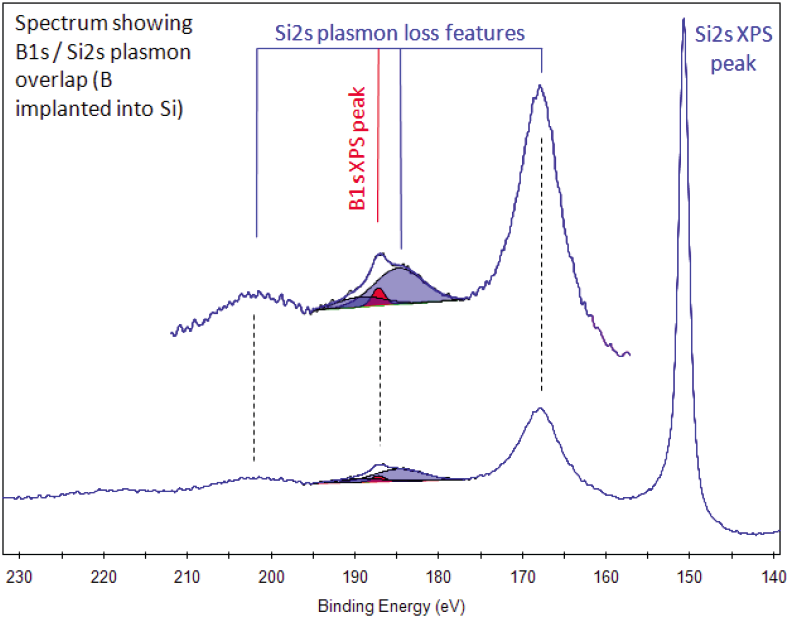

1 Chemical structure of the TCNQ molecule (4 × N, 12 × C). The chemical structure of TCNQ is given in Fig. Experimental For the experiments, 7,7,8,8-tetracyanoquinodimethane (98%) (TCNQ) from Sigma Aldrich Chemical Company was used. Specifically, we monitor the evolution of molecular structure, electronic structure and Fermi-level with increasing sodium insertion into TCNQ. The use of sodium offers advantages with respect to analysis due to a higher cross section and surface sensitivity. In this paper we report the insertion of sodium into TCNQ, which leads to a higher loading. 18 A loading of up to one electron or lithium ion per TCNQ molecule could be monitored. In another publication we investigated the insertion of lithium into TCNQ. This approach has been successfully employed by us previously to study alkali insertion into inorganic materials 17 and organic materials. We exposed TCNQ thin films subsequent to sodium vapour and monitored the electronic structure by surface sensitive X-ray photoelectron spectroscopy (XPS) and ultra-violet photoelectron spectroscopy (UPS). In this contribution, we investigate the insertion of sodium into TCNQ and its effect on the electronic structure by means of a surface science experiment. 6ĭue to the higher abundance of natural resources, 15 the use of sodium in ion batteries is attractive and subject to current research.

6,14 Calculations predict an electron transfer number of 2.3 per TCNQ molecule which correlates with a high specific capacity of 263 mA h −1 g −1 for TCNQ. 12 TCNQ allows the insertion of alkali, and investigations on TCNQ 8,11,13 as an electrode material in a lithium ion battery showed promising results. Electron transfer to TCNQ results in the formation of two new states in the (former) band-gap 11 and increased electronic conductivity. In semiconductor physics TCNQ is known from charge transfer complexes as an electron acceptor 10 material. Tetracyanoquinodimethane (TCNQ) is a n-type 9 high work function (about 5.3 eV 4) organic semiconductor. A more recent field for the application of organic materials are batteries. The major advantages for organic materials are a low ecological footprint, abundant resources, 6,7 lightweight and easy as well as low cost processing. for light emitting devices, 2 solar cells 3,4 and field effect transistors, 5 conducting organic materials successively replace inorganic semiconductor materials in electronic devices. With the development of organic materials, e.g. Introduction Investigations on electronic properties of organic materials started as early as 1950 1 and have continued ever since. For phases with high sodium content the sodium diffusion seems to be inhibited which we attribute to closed diffusion pathways in the molecular structure of TCNQ 1−. With increasing sodium content the Fermi level shifts upwards and new electronic states appear in the band gap. During the insertion experiment three stages were observed, which can be related to three different phases, predominantly consisting of TCNQ 0, TCNQ 1− and TCNQ 2−. We exposed a TCNQ thin film stepwise to sodium vapour and monitored the electronic structure by X-ray photoelectron spectroscopy (XPS) and ultra-violet photoelectron spectroscopy (UPS). In this contribution, we investigate the insertion of sodium into tetracyanoquinodimethane (TCNQ) and its effect on the electronic structure by means of a surface science experiment.


 0 kommentar(er)
0 kommentar(er)
